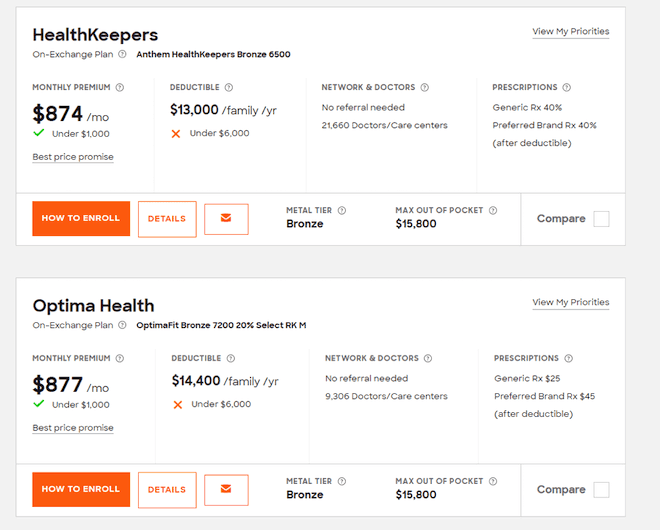A life insurance coverage policy is an agreement with an insurer. In exchange for premium payments, the insurer supplies a lump-sum payment, called a death advantage, to beneficiaries upon the insured's death. Typically, life insurance coverage is chosen based on the requirements and goals of the owner. Term life insurance usually supplies defense for a set period of time, while permanent insurance coverage, such as entire and universal life, provides life time coverage.
1 There are many varieties of life insurance. A few of the more typical types are talked about listed below. Term life insurance coverage is designed to supply monetary security for a specific time period, such as 10 or twenty years. With conventional term insurance, the exceptional payment amount remains the same for the protection duration you select.
Term life insurance coverage is generally less costly than irreversible life insurance coverage. Term life insurance coverage earnings can be used to change lost potential earnings during working years. This can supply a security internet for your recipients and can likewise help ensure the family's financial objectives will still be metgoals like settling a mortgage, keeping a service running, and paying for college.
Universal life insurance is a kind of permanent life insurance coverage created to offer life time coverage. Unlike whole life insurance coverage, universal life insurance policies are versatile and may allow you to raise or decrease your premium payment or coverage amounts throughout your life time. In addition, due to its lifetime protection, universal life normally has higher premium payments than term.
The 10-Minute Rule for Who Needs Life Insurance

Another typical use is long term income replacement, where the need extends beyond working years. Some universal life insurance item designs focus on providing both death advantage coverage and structure cash value while others focus on providing ensured death benefit coverage. Whole life insurance is a type of permanent life insurance designed to provide life time coverage.
Policy premium payments are typically repaired, and, unlike term, whole life has a money value, which operates as a cost savings part and may accumulate tax-deferred gradually. Whole life can be used as an estate planning tool to assist preserve the wealth you plan to transfer to your recipients. Income replacement during working years Wealth transfer, income security and some designs concentrate on tax-deferred wealth accumulation Wealth transfer, conservation and, tax-deferred wealth build-up Designed for a specific duration (generally a number of years) Versatile; usually, for a life time For a lifetime Typically more economical than long-term Typically more expensive than term Usually more pricey than term Generally repaired Flexible Normally fixed Yes, usually earnings tax-free Yes, usually income tax-free Yes, normally income tax-free No No2 No No Yes Yes Yes, Fidelity Term Life Insurance3 Yes, Universal Life Insurance coverage, mostly concentrated on survivor benefit security No, standard Whole Life Insurance is not presently used Insurance providers utilize rate classes, or risk-related categories, to determine your premium payments; these categories do not, however, impact the length or quantity of coverage.
Tobacco use, for instance, would increase risk and, for that reason trigger your premium payment to be greater than that of someone who doesn't utilize tobacco.
Life insurance coverage is an agreement in between an insurer and a policyholder in which the insurance provider guarantees payment of a survivor benefit to called recipients when the insured dies. The insurance provider promises a death benefit in exchange for premiums paid by the insurance policy holder. Life insurance coverage is a legally binding agreement.
How Much Life Insurance Do You Need Fundamentals Explained
For a life insurance coverage policy to remain in force, the policyholder should pay a single premium up front or pay routine premiums over time. When the insured passes away, the policy's called recipients will receive the policy's face worth, or death advantage. Term life insurance coverage policies end after a specific number of years.
A life insurance coverage policy is just as great as the monetary strength of the business that issues it. State guaranty funds may pay claims if the company can't. Life insurance coverage provides financial backing to enduring dependents or other beneficiaries after the death of an insured (how much do life insurance agents make). Here are some examples of people who may require life insurance: If a parent passes away, the loss of his or her income or caregiving skills might develop a financial hardship.
For children who require lifelong care and will never ever be self-sufficient, life insurance can ensure their requirements will be satisfied after their moms and dads pass away. The survivor benefit can be utilized to fund a unique needs trust that a fiduciary will manage for the adult child's benefit. how long do you have to have life insurance before you die. Married or not, if the death of one adult would imply that the other might no longer afford loan payments, maintenance, and taxes on the home, life insurance might be an excellent concept.
Numerous adult children compromise by requiring time off work to care for an elderly moms and dad who requires help. This aid may also include direct financial assistance. Life insurance coverage can help reimburse the adult kid's costs when the moms and dad passes away. Young adults without dependents rarely need life insurance, however if a parent will be on the hook for a kid's debt after his/her death, the kid may wish to bring adequate life insurance to pay off that financial obligation.
The Only Guide to The Person Who Receives Financial Protection From A Life Insurance Plan Is Called A
A 20-something adult may buy a policy even without having dependents if there is an expectation to have them in the future. Life insurance coverage can supply funds to cover the taxes and keep the full worth of the estate intact.' A small life insurance coverage policy can supply funds to honor a liked one's passing.
Rather of selecting in between a pension payment that provides a spousal benefit and Learn here one that does not, pensioners can choose to accept their full pension and use a few of the cash to buy life insurance coverage to benefit their partner. This technique is called pension maximization. A life insurance policy can has 2 primary components - a survivor benefit and a premium.
The survivor benefit or face value is the amount of money the insurer guarantees to the recipients determined in the policy when the insured passes away - how to find out if someone has life insurance. The guaranteed may be a parent, and the recipients might be their children, for example. The guaranteed will select the preferred survivor benefit quantity based upon the beneficiaries' approximated future needs.

Premiums are the cash the policyholder pays for insurance coverage. The insurance company should pay the survivor benefit when the insured dies if the policyholder pays the premiums as needed, and premiums are identified in part by how most likely it is that the insurance provider will need to pay the policy's death benefit based on the insured's life expectancy.
A Biased View of How Much Life Insurance Do I Need Dave Ramsey
Part of the premium also goes towards the insurance coverage company's business expenses. Premiums are greater on policies with larger survivor benefit, individuals who are greater risk, and irreversible policies that build up money worth. The cash value of permanent life insurance coverage serves 2 functions. http://eduardosnef749.yousher.com/the-7-minute-rule-for-where-to-buy-life-insurance It is a savings account that the policyholder can use throughout the life of the guaranteed; the cash builds up on a tax-deferred basis.
For example, the policyholder may secure a loan against the policy's money value and need to pay interest on the loan principal. The insurance policy holder can also utilize the money value to pay premiums or purchase additional insurance. The money worth is a living benefit that remains with the insurance provider when the insured dies.